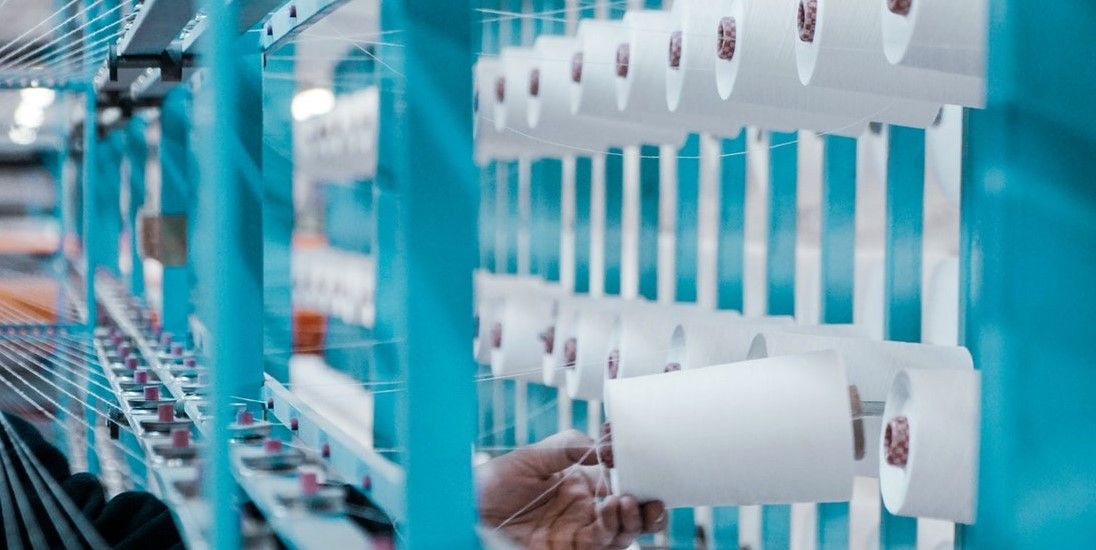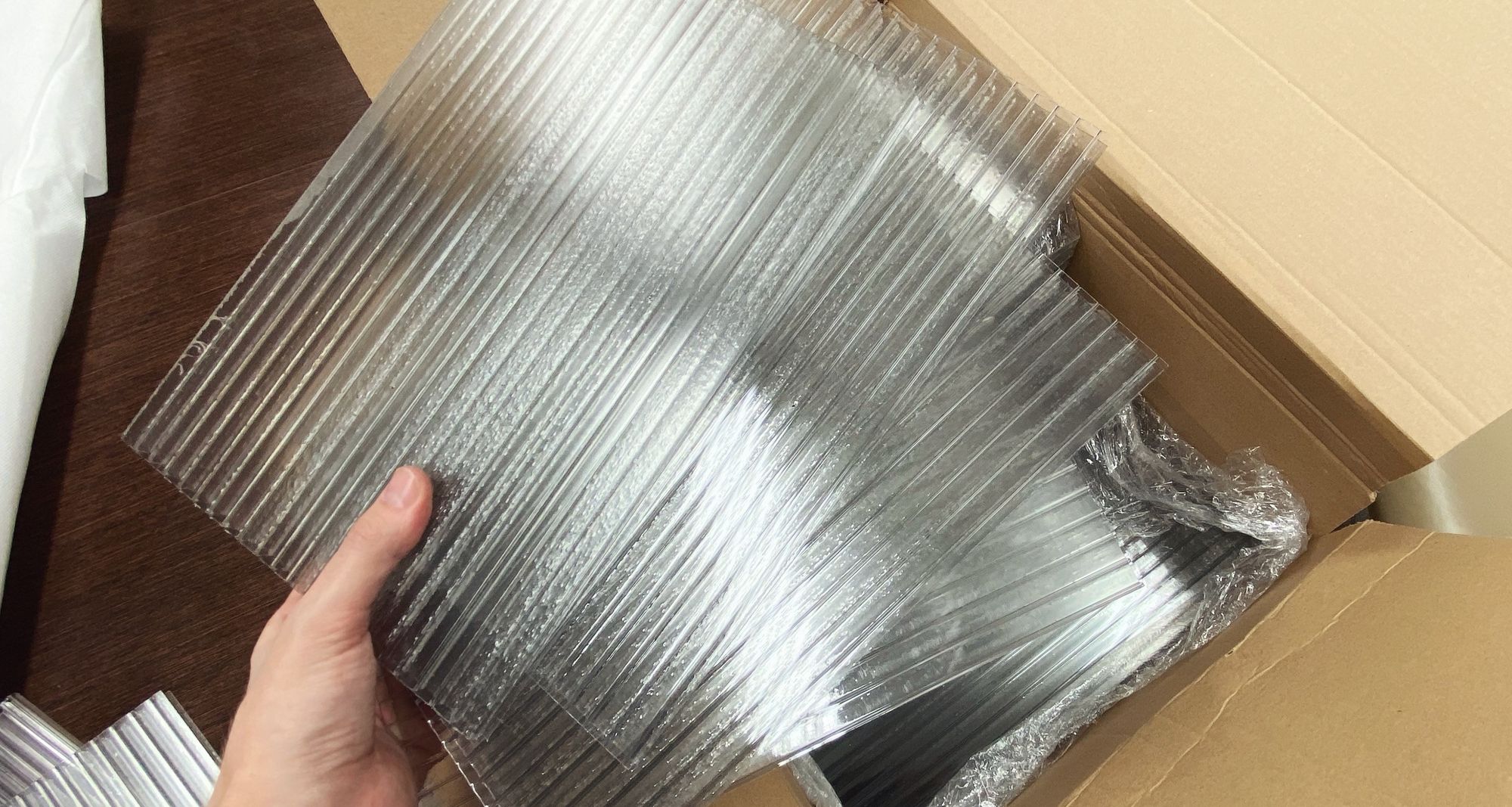When it comes to nanotechnology, so much of the media’s focus is on how nanomaterials are improving the electronics and healthcare industries.
News channels often report breakthroughs in pharmaceutical efficiency from the use of nanomaterials for targeted and delayed drug release. Discussion on social media highlights how nanotechnology is playing a role in smaller, smarter phones and gadgets, powered by batteries made with silicon nanoparticles. While newspaper articles write on how nanomaterials will be used to make next generation computers, with carbon nanotubes semiconductors.

While all this may be true, the real impact of nanotechnology is being felt in manufacturing. The application of nanomaterials in the production of everything around us.
How Nanomaterials Have Changed Manufacturing
1. Coatings
For the man on the street, paint and varnish provide only protection and colour. However, for manufacturers and those inside the industry, coatings developed with nanotechnology can do so much more.
Today, nanomaterials applied in coatings can provide ultra-violet protection, can reduce scratching and cracking, can help maintain colour for longer, and can even improve chemical resistance for use in extreme environments.
One such product is NANO CR Coating, an epoxy-based coating which contains a composition of nanomaterials for improved resistance to acids and alkalis.

Developed by NANO CHEMI GROUP, the product has been designed for use on trucks, in tanks, and on equipment for the storing or transporting of industrial materials, such as high concentrations of salts or acids. It is a real practical gain that actually saves money.
For example, by applying NANO CR Coating to equipment used during the phosphate mining process, one of the company’s customers is able to better protect the expensive vehicles, storage containers, and mining equipment it uses. This has lowered the firm’s long-term production costs.
“Other laboratory tests on a combination of nanomaterials in epoxy coatings have shown promising chemical resistance against KOH, NAOH, SO4, Chlorine, phosphoric and sulphur acids,” explains Alexandra Chepak, NANO CHEMI GROUP’s Market Development Manager.
2. Fabrics
Nanotechnology has also progressed into the fashion and textile industries with the development of nanoparticles which can be embedded into fabrics.
Doing so enables manufacturers to add a wider range of longer lasting dyes, increase textile strength and durability, or add waterproofing, antibacterial, and antiviral properties.

Research is even progressing on wearable technology, using nanomaterials in clothing with electrical conductivity and sensors. In this way a shirt can check your vital statistics, such as your pulse or temperature, and one day may even communicate those results directly to a doctor.
Other nanomaterials have been used to aid or restrict airflow depending upon the wearer’s skin temperature to keep the body warmer or cooler as needed, while other nanoparticles have been developed which can kill the bacteria that cause body odour.
3. Plastics
In the multi-purpose field of plastics, nanomaterials can provide a variety of benefits for enhancing original qualities or providing completely new properties.
For example, by adding nanoparticles (such as silver, copper, zinc, or even carbon) to a plastic, it can be made stronger or weaker, or more rigid or more flexible. Its melting point can be altered, it can be given electrical or thermal conductivity, or even the ability to destroy pathogens on contact.
This last quality can be very useful for the production of synthetic materials for use in hospitals, face masks made from polypropylene, sealed food packaging, polycarbonate ‘spit screens’ (common in shops since the pandemic began), take away food containers, medical instruments, and items used in the preparation and serving of food.

A plastic may also be given electromagnetic properties, increased chemical resistance, protection from ultra-violet light, or a change in appearance.
With plastic already having countless uses, the ability to further boost its versatility is having a clear impact on polymer manufacturing.
4. Food
Food production has also been greatly influenced by the development of nanoscale products.
Nanoscale insecticides, fungicides, and herbicides have all been developed with greater efficiencies than bulk products.
Modern fertilizers are frequently made with nanosized particles that improve plant uptake. For example, phosphorus nanoparticles can be made small enough to be absorbed through the pores in the leaves, and so can be sprayed directly onto plants, rather than being drawn up in water by the roots.

This development reduces fertilizer run off which saves farmers money, limits the waste of a non-renewable resource, and prevents the eutrophication of waterways and oceans.
Having a reduced bulk also leads to lower delivery costs and enables farm input products to be more easily transported to remote locations and developing countries.
Nanofertilizers are also more efficient as they can be made for delayed or slow release.
Livestock and poultry farming is also seeing the benefits of nanotechnology, with feed additives, such as zinc, copper, and phosphates, increasingly made at a nanoparticle size for ease of absorption and improved efficiency.
5. Construction Materials
Despite their size, nanomaterials are even impacting the construction industry, allowing for developments such as the recycling of waste concrete.
Nanomaterials have also been successfully applied to make stronger glass, with better tinting or self-cleaning properties. Road surfaces have been made more skid resistant, more durable, or with sound reduction qualities.
Another example of nanomaterials improving construction materials, is their application in gypsum board (also called plasterboard or drywall) in a product called NANO AS GYPS-27.

Made by NANO CHEMI GROUP (who support this website), the water-based concentrate includes a low 0.2 wt.% volume of carbon nanomaterials to not only improve gypsum board’s mechanical strength, but to also provide electrical conductivity.
This protects walls, ceilings, and floors from the dangers of electrostatic discharge, making gypsum board a practical solution for spaces that store or manufacture electronics or flammable goods.
To learn more about this product, read: Making Gypsum Board Even More Versatile with ESD
Other manufactured products that have been influenced by nanomaterials, include rubbers for insulating or tyre production, metals and composites for use in vehicles, ships, and aerospace, as well as industrial chemical catalysts and water treatment processes.
Nanomaterials’ small size means that despite their low weight, they have a large surface area for greater influence on the materials surrounding it. This fact means that nanomaterials are highly efficient products, frequently saving manufacturers money, while not inhibiting a material’s inherent desirable qualities.
It is these simple facts that have enabled nanomaterials to have such a huge impact on manufacturing. A new industry which is helping to shape the world around us in a big way, but at a small scale.
Photo credit: Mykenzie Johnson on Unsplash, Oğuzhan KARACA, NANO CHEMI GROUP, Pexels, Mark Stebnicki, & Freepix
